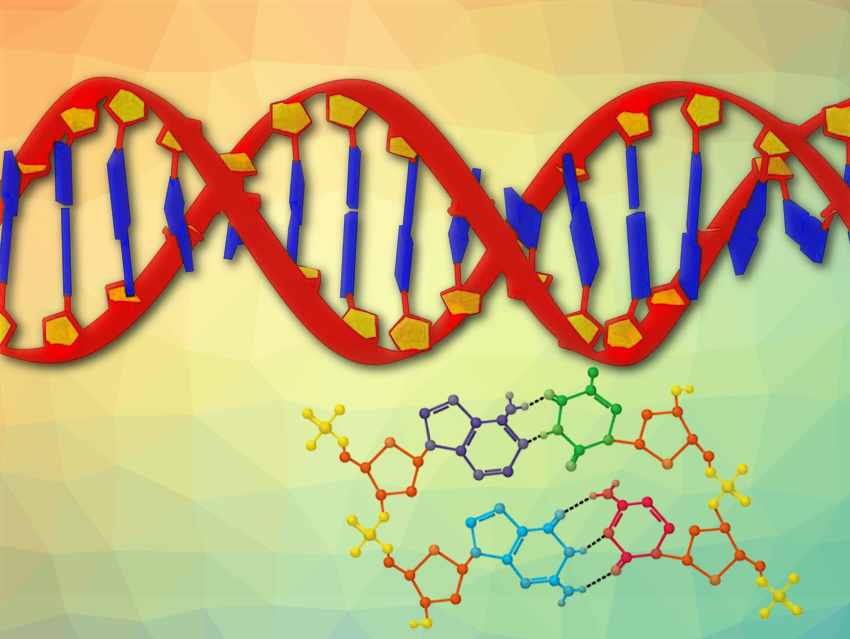Welcome to the Sunday ChemistryViews Quiz!
We explore a chemistry topic in this fun and short quiz which will be out in irregular intervals on a Sunday morning. Test your knowledge and learn something new in just a few minutes.
Ready to dive in? Let’s go!
The RNA Tie Club was an informal group focused on deciphering the genetic code, where exclusive members exchanged ideas and each received a tie with a double helix, along with an assigned amino acid—true or false? 🤔
See answer
✅ True
👔 George Gamow (1904–1968), renowned physicist and contributor to the Big Bang Theory, founded the RNA Tie Club in 1954
🔬 It had 20 regular members (one for each amino acid) and four honorary members (one for each nucleotide base)
🧬 Members wore wool ties with a green and yellow double helix design
🔍 George Gamow
🧩🧬 George Gamow was the first to attempt to decipher the genetic code
💎🔑 He proposed the diamond code, approaching the problem independently of biochemical constraints
🧬✨ His model allowed for 20 amino acids, leading to the concept of the “magic twenty”
👔 The RNA Tie Club
💡🚫 The club helped advance molecular biology through collaboration but did not achieve the goal of deciphering the genetic code
🎉🏆 In 1961, the non-members Marshall Nirenberg (1927–2010) and Johann Matthaei (*1929) demonstrated that:
o messenger RNA is required for protein synthesis
o synthetic messenger RNA preparations can be used to decipher various aspects of the genetic code
“They produced a long RNA chain consisting of a single nucleotide. When this resulted in a long chain of a single amino acid, the first part of the genetic code puzzle fell into place.”
—nobelprize.org
👉 Fun Fact
😄🌟 Gamow had a charming personality and quirky sense of humor
📄✍️ In the publication “The Origin of Chemical Elements”, written with his Ph.D. student Ralph Alpher, he wanted to make his completely uninvolved friend Hans Bethe (Nobel Prize for Physics in 1967) a co-author, only to have the list of authors read Alpher, Bethe, Gamow
🔤🌌 This α-β-γ paper introduced the Big Bang Theory for the first time [1].
Reference
[1] R. A. Alpher, H. Bethe, G. Gamow, The Origin of Chemical Elements, Phys. Rev. 1948, 73, 803–804. https://doi.org/10.1103/PhysRev.73.803
Source

Countless scientists contributed to its clarification with brilliance, ingenuity, intuition, and luck




